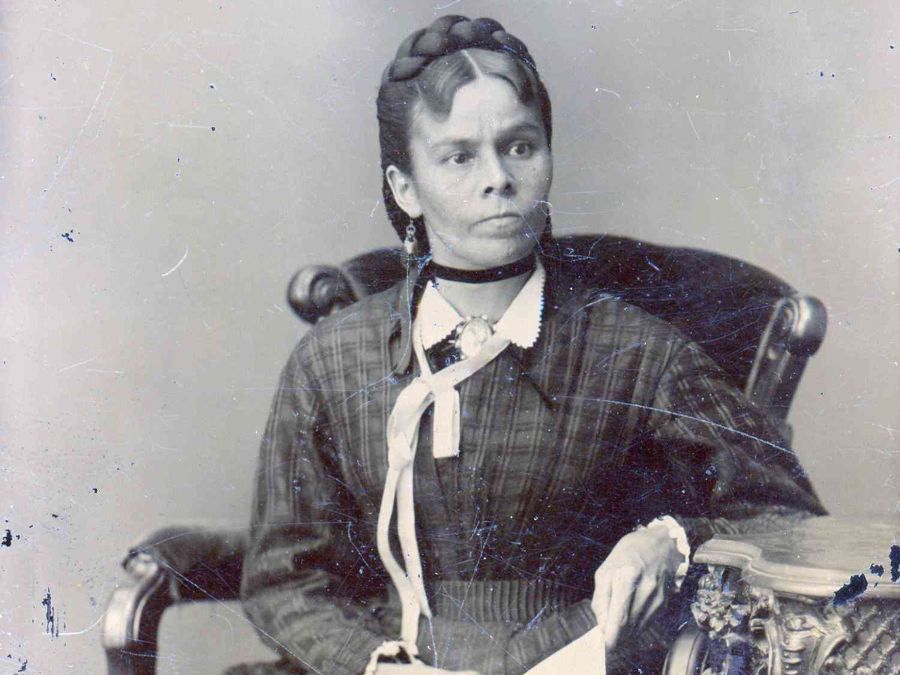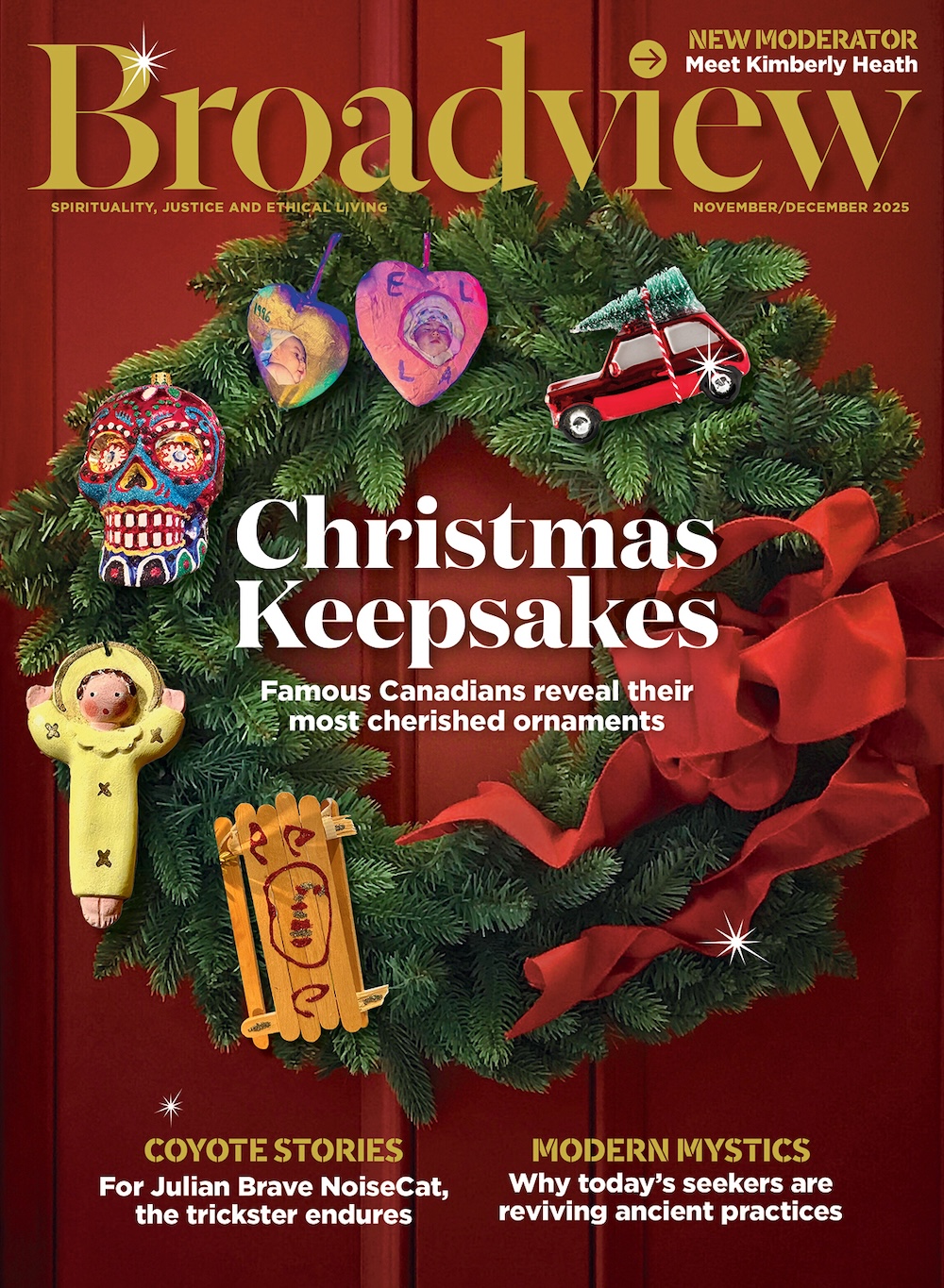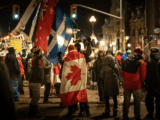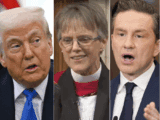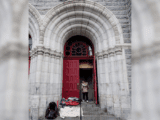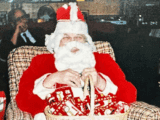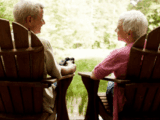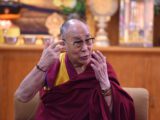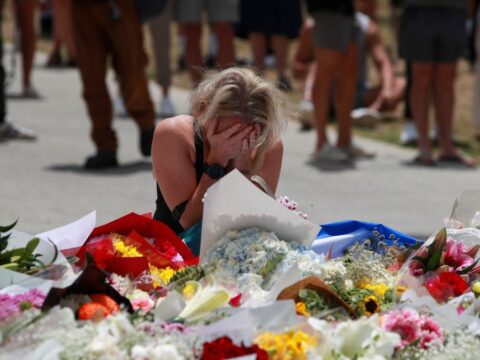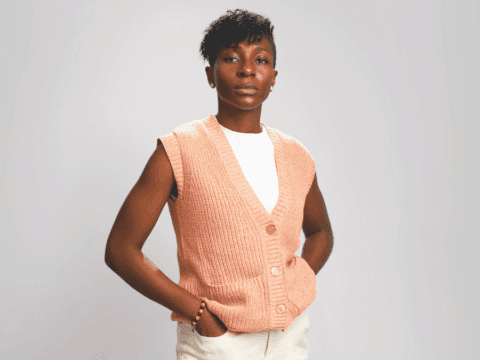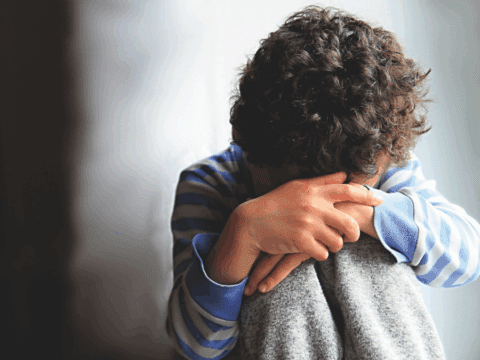As the sun set last Thursday night in Mississauga, federal officials and representatives from the Mississaugas of the Credit First Nation gathered at the Port Credit Memorial Arena to unveil a new historical Parks Canada plaque. The evening’s tribute honoured Nahnebahnwequay, a 19th-century Ojibway woman who fought for land rights at a time when colonial policies sought to forcefully remove Indigenous peoples from their territories.
Born in 1824, Nahnebahnwequay — also known as Catherine Sutton or Nahne — grew up in the Credit Mission under the guidance of her uncle, Anishinaabe leader Peter Jones. Fluent in Anishinaabemowin and English, she embraced Methodist mission work while remaining rooted in her community’s traditions. After her people were denied title to their lands, she and her husband William moved to Nawash territory near present-day Owen Sound, Ont., where they built a farmstead — only to lose it a decade later when the land was ceded in a contested treaty.
You may unsubscribe from any of our newsletters at any time.
The injustice propelled her into activism. Nahnebahnwequay published sharp critiques of colonial policy, including an 1862 essay in Broadview’s predecessor, The Christian Guardian. Her activism led her to London in 1860, to personally press her case before Queen Victoria.
“Nahnebahweequay saw firsthand the injustice faced by her community,” said Charles Sousa, the Member of Parliament for Mississauga–Lakeshore. “When she tried to defend her property, she was denied — not only because she was Indigenous, but because she was also a woman married to a white man.”
Last week’s ceremony marked the first time an Indigenous historical figure has been honoured with a Parks Canada plaque since April, the month that Mark Carney won the federal election (though the federal agency had already unveiled another plaque commemorating the former Portage La Prairie Indian Residential School site in Manitoba in August, with another set to be unveiled at another school on Tuesday.) It advances a wider movement by First Nations to have Canadian governments honour the Indigenous leaders, activists, and survivors long written out of the country’s public memory. In 2015, the Truth and Reconciliation Commission’s final report popularized this push through calls to action 81 and 82, which urged the federal government, as well as each province and territory, to install a Residential Schools Monument in their capital cities.
But 10 years after the commission issued its recommendations, only a paltry number of monuments exist. While major cities like Toronto and Vancouver have taken tentative steps to diversify who gets remembered in public spaces, changes at the provincial level have been far more modest. Only three capitals (Toronto, Regina, and Whitehorse) have installed residential school memorials, though another three (Edmonton, Victoria, and Yellowknife) have at least partially committed to building them. In Ottawa, meanwhile, a long-delayed national monument is only now moving forward on Parliament Hill.
More on Broadview:
- How Qualicum First Nation woke up its language
- Are controversial monuments making a comeback?
- How Broadview’s predecessor silenced Indigenous voices at Confederation
However, in Toronto, the statue of John A. Macdonald — Canada’s first prime minister, whose government formalized the residential school system as a tool of forced assimilation — has been restored to public view at Queen’s Park five years after it was boxed amid protests. Its return is part of a larger, right-wing reactionary movement to reinstall monuments to colonial-era figures.
The growing contrast between who is commemorated and who is contested is difficult to ignore, but ceremony attendees were willing to acknowledge that reconciliation remains unfinished work. “I’m so impressed with her character. She reminds us that in this day and age of reconciliation, there’s still much work to be done,” said Darin Wybenga, manager of culture for the Mississaugas of the Credit, the proponent of Nahnebahnwequay’s plaque. “We must continue moving toward equity and fairness for all First Nations people. Nahnebahnwequay was not afraid of her task, and we can’t be afraid either.”
Polling data underscores how differently Indigenous and non-Indigenous Canadians see the change of pace. A 2024 Léger survey found just nine percent of Indigenous respondents believed there had been a lot of progress on reconciliation, compared with 16 percent of non-Indigenous Canadians. More than a third of Indigenous respondents (37 percent) said progress had been minimal — over twice the rate of non-Indigenous respondents (15 percent).
But Sarah Jerome, the Northwest Territories’ representative on the Historic Sites and Monuments Board of Canada, as well as a residential school survivor who emceed the ceremony, offered a sliver of hope.
“When I first joined the board, I didn’t see nearly as many submissions [of Indigenous historical figures],” she told Broadview. “But over the past five years, I’ve seen more and more that highlight the contributions First Nations have made to the history of our country.”
Jerome believes this shift will help young Indigenous people better appreciate the depth of their history and the resilience of their culture. “Our ancestors were so strong,” she told Broadview. “They were so resilient. They paved the way for us so that we [can] continue to move forward. We move forward, forgive and live together.”
***
Xavi Richer Vis is a Toronto-based writer and data journalist.

